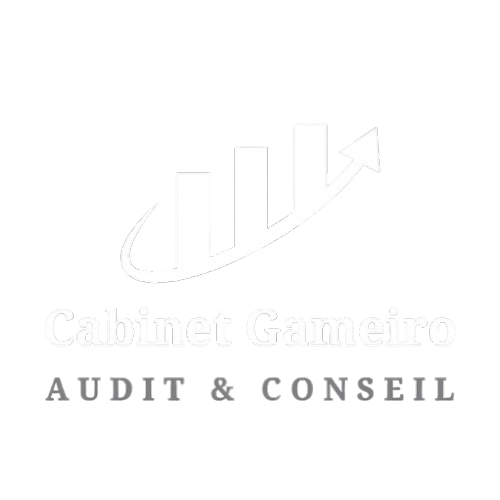Working Capital (FR) and Working Capital Requirement (BFR): Keys to Your Company’s Financial Management In the daily management of a company, cash flow control is essential. Two key financial indicators to monitor are Working Capital (FR) and Working Capital Requirement (BFR). These indicators help assess the financial health of your company and anticipate potential liquidity challenges. What is Working Capital (FR)? Working Capital represents the stable resources available after financing fixed assets. These stable resources include share capital, reserves, and long-term loans. Simplified formula:📌 FR = Stable Resources − Fixed Assets Positive FR: The company has a financial cushion to support its ongoing operations. Negative FR: Indicates a potential financial imbalance and may require adjustments. What is Working Capital Requirement (BFR)? BFR measures the cash needed for daily operations. It is influenced by payment terms with customers and suppliers, as well as stock levels. Simplified formula:📌 BFR = Inventory + Accounts Receivable − Accounts Payable Positive BFR: The company requires cash to fund its operations. Negative BFR: The company benefits from longer supplier payment terms than its cash needs, which can generate surplus cash. Relationship Between Working Capital, BFR, and Cash Flow The relationship between these two indicators determines net cash flow: 📌 FR − BFR = Net Cash Flow If FR > BFR: The company has excess cash, allowing it to fund operations without external financing. If FR < BFR: The company faces cash shortages, potentially leading to liquidity constraints. Practical Example Consider a company with: Working Capital (FR): €100,000 Working Capital Requirement (BFR): €70,000 📌 Net Cash Flow = FR − BFR = €100,000 − €70,000 = €30,000 This financial cushion can be used for business expansion or dividend distribution. However, excessive use of this margin may lead to financial losses by the end of the fiscal year. Key Considerations for Managing BFR and Cash Flow 1️⃣ Do not underestimate payment delays Risk: Late payments can disrupt BFR. Advice: Monitor payment terms closely and ensure strict accounts receivable follow-up. 2️⃣ Do not confuse cash surplus with profitability Risk: A positive cash balance does not necessarily mean profitability. Advice: Track both net profit and cash flow simultaneously. 3️⃣ Anticipate seasonality effects Risk: Cash flow needs fluctuate during different periods. Advice: Develop multi-month cash flow forecasts and plan financing during slow periods. 4️⃣ Avoid financing long-term investments with short-term resources Risk: Reducing FR weakens overall cash flow stability. Advice: Use long-term loans or equity to finance fixed assets. 5️⃣ Limit short-term debt Risk: High financial burdens from excessive borrowing. Advice: Balance short- and long-term borrowing while minimizing temporary debts. 6️⃣ Optimize inventory and margin management Risk: Slow-moving inventory and low margins increase BFR. Advice: Improve inventory turnover and maintain strong profit margins. 7️⃣ Monitor financial indicators regularly Risk: Unexpected cash flow issues if not properly tracked. Advice: Implement dashboards and plan financial projections over 6 to 12 months. Conclusion: Constant Monitoring is Key To ensure the long-term success of your company, careful monitoring of Working Capital (FR) and BFR is essential. These indicators must be analyzed alongside cash flow and financial results. As your trusted partner, I am available to conduct a personalized audit of your BFR and cash flow or assist you in implementing tailored financial management tools. 📞 Feel free to contact me to schedule a consultation.
Cabinet gameiro expert comptable
